The best cryptocurrencies: Rates and prices
Look at the compendious cryptocurrency rates or what is the current price of bitcoin and other TOP cryptocurrencies.
Bitcoin (BTC)
Bitcoin is the oldest cryptocurrency based on blockchain technology. You may also have heard it referred to as "digital gold". This - currently the most popular - cryptocurrency was created by the anonymous developer Satoshi Nakamoto in 2009. It continues to be the world's most widespread and most traded cryptocurrency. Just like other subsequent cryptocurrencies, bitcoin was designed to create a decentralized digital asset. This means that it uses peer-to-peer technology to bypass central authorities, such as banks or other third parties.
Ethereum (ETH)
Ethereum is a financial services market based on a decentralized blockchain database. This open-source platform provides a trusted and secure environment for the developers of decentralized projects, games, and apps. It is used to transfer transactions, as a value store, or collateral to generate completely different crypto tokens. Ethereum also enables the creation and trading of the newly emerging NFT (non-fungible tokens) trend. ETH is the second largest cryptocurrency platform in terms of market capitalization.
Binance Coin (BNB)
The Binance coin is a token issued by one of the largest exchanges in the crypto-world. This token has multiple uses, but was primarily established as the "fuel" that powers the Binance ecosystem. It is currently mainly used to pay fees for trading on the Binance stock exchange, and also provides traders with discounts when using services on their platform. The BNB was established with the support of $ 200 million, where 100 MM BNB is eventually destroyed within five years. So each quarter, based on the volume of trades, the BNB token is “burned” until exactly 50% remains - which is the remaining 100 MM of the BNB.
Ripple (XRP)
Ripple (XRP) is a decentralized cryptocurrency that originates from the RippleNet payment platform. Its main goal is to free internet payments from the intermediaries, high fees, and time windows that arise in the current financial system. It was established in 2012 to offer banks and financial institutions a real-time clearing system that enables secure and immediate financial transactions. XRP can process 1,500 transactions per second, compared to bitcoin's 15 transactions over the equivalent time.
Cardano (ADA)
Cardano is the first proof-of-stake blockchain platform that seeks to solve the problems of older-generation cryptocurrencies. This platform is powered by the Ouroboros protocol, which replaces the classic PoW (Proof-of-Work) system with the just-mentioned PoS (Proof-of-Stake) method of block extraction. This process is less energy intensive and more environmentally friendly. Its scalability offers a wide range of uses for decentralized apps (DeFi) and non-fungible tokens (NFT). The original Cardano token is the ADA, which can be "staked" to earn rewards.
Solana (SOL)
Solana is one of the new cryptocurrencies established to compete against Ethereum. It aims to increase user scalability through faster transaction clearing and flexible infrastructure. This platform can transfer up to around 50,000 transactions per second, and plays a key role in maintaining the Solana ecosystem. Just like Ethereum, this cryptocurrency can also perform the smart contracts that are behind a wide range of applications such as the NFT market, several DeFi games, and decentralized lotteries.
Monero (XMR)
Monero is an open-source token based on blockchain technology. But unlike Bitcoin (the user addresses of which are not completely anonymous), Monero is 100% private, secure, and untraceable. This is achieved by using various algorithms that mix real transactions with artificial accounts. By concealing its public ledger, it prevents external parties from seeing the source, amount, and destination of transactions. Monero cannot be devalued by previous transactions (as they are concealed).
Avalanche (AVAX)
Avalanche works as a platform for decentralized applications and own blockchain networks. As one of Ethereum's rivals, it aims to replace Ethereum as the most popular blockchain network for integrated "smart contracts". Avalanche aims to achieve higher transaction performance - up to 6,500 transactions per second - without compromising scalability. It wants to achieve this with a unique architecture that consists of three individual blockchains (X-chain, C-Chain and P-Chain). Each string has a different purpose, and each node verifies all transactions.
Polkadot (DOT)
Polkadot is a network protocol that allows the transfer of any data between blockchains. Although operational among cryptocurrencies since 2016, it only attracted the attention of investors and the crypto community in 2020. Polkadot is a blockchain that seeks to connect the ecosystem of blockchains and accordingly delivers numerous new technical functions. Polkadot consists of two blockchain types: The main chain (also called the relay chain) where all transactions are agreed permanently. The second type is user-generated parachains.
Polygon (MATIC)
Polygon offers cheaper and faster transactions using sidechain in the second layer (Layer 2) of Ethereum. Polygon uses sidechains to help with off-chain calculations and maintain security through a decentralized network of Proof-of-Stake (PoS) validators. MATIC is a Polygon network utility token. It secures a chain using staking and as a unit of payment for network transaction fees.
Glossary
Take a look at the frequently used terms you will encounter in the world of cryptocurrencies.
VOLATILITY
This indicates the fluctuation and rate of change of an asset's exchange rate. Cryptocurrencies are associated with major volatili...
ViewSATOSHI NAKAMOTO
The pseudonym of the figure behind Bitcoin - the first and oldest cryptocurrency. The real identity of Satoshi Nakamoto remains el...
ViewALTCOIN
Altcoin is an alternative cryptocurrency, an alternative coin. From the perspective of the first cryptocurrency - Bitcoin - in pri...
ViewALL TIME HIGH / ATH
The abbreviation ATH represents the highest value that any cryptocurrency has ever reached. ATH stands for All Time High. This te...
ViewCRYPTON DIGITAL Blog
Read interesting facts and articles from the bitcoin and cryptocurrencies world

 SK
SK EN
EN CS
CS HU
HU PL
PL DE
DE


